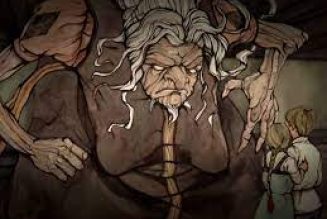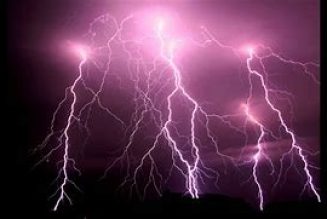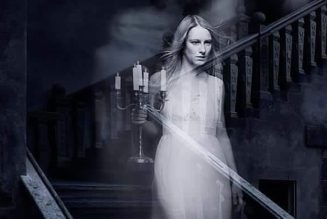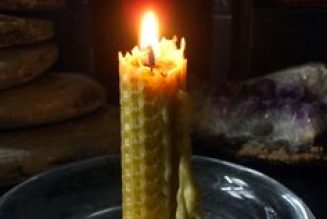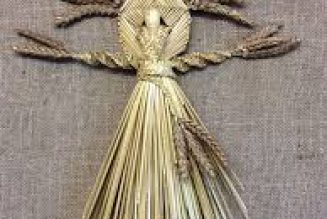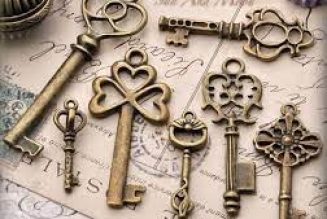
Witching hour, in folklore, the time at night when the powers of witches and other supernatural beings are believed to be strongest, usually occurring at midnight or 3:00 AM. The term also has a modern colloquial meaning that refers to a time of unpredictable or volatile activity, such as the unsettled, colicky sleep of infants or the final hours of stock trading.
The association of witches with midnight is rooted in folk beliefs that supernatural phenomena are most prevalent at certain times of the day and year. Much like seasonal events, such as the solstices and equinoxes, midnight was deemed to evoke magic, allowing for unpredictable and possibly malevolent happenings. It is said that during the witching hour the boundary between the living and the dead becomes blurred and the living are more sensitive to the spirits of the dead. Witches, sorcerers, and fairies were among the spirits and figures believed to have stronger powers during these times and to carry out their mischief or dark practices at night.
Some beliefs set the witching hour’s boundaries between 12:00 AM and 3:00 AM or between 3:00 AM and 4:00 AM. Biblical references to the death of Jesus were calculated as having occurred at 3:00 PM. Accepting this calculation, the inversion or opposite of this time was then considered the “devil’s hour.”
In literature and folklore
In literature one of the earliest references to the witching hour appears in William Shakespeare’s Hamlet, in which Prince Hamlet begins one of his soliloquies:
’Tis now the very witching time of night,
When churchyards yawn, and hell itself breathes out
Contagion to this world. Now could I drink hot blood
And do such bitter business as the day
Would quake to look on.…
Although this soliloquy, which was written between 1599 and 1601, mentions “the very witching time of night,” one of the first recorded uses of the term witching hour appears in the poem “Nightmare” by Elizabeth Carolina Keene, from her collection Miscellaneous Poems, published in 1762. In modern times American author Anne Rice published The Witching Hour in 1990, the first novel in a best-selling trilogy about a family of witches living in New Orleans.
The folklore of many cultures offers advice on how to ward off supernatural powers or harness them to one’s advantage, with specific instructions on what to do at the stroke of midnight. In the folk beliefs of Nordic (Scandinavian) cultures, for example, an unmarried woman could see the face of her future spouse by peering into a well at midnight on Midsummer’s Eve. According to 19th-century Irish poet and folklorist Lady Jane Wilde, a number of Irish love charms and rituals against harm involved tonics taken at midnight or visits to graveyards or churches at that particular time.
In modern times the term witching hour has become an colloquialism for other periods of unpredictable or troublesome activity. Parents may use it to describe the fussy period in infancy when a baby tends to cry continuously, usually during the same time each day and at night. In investing, the witching hour is the last hour of trading before stock options, futures, and indexes expire, which occurs on the third Friday of each month. When multiple types of derivatives contracts expire on the same day, it is called double or triple witching. Such periods are characterized by high levels of activity and volatility as traders rush to roll out and close expiring contracts to maximize their profits.


